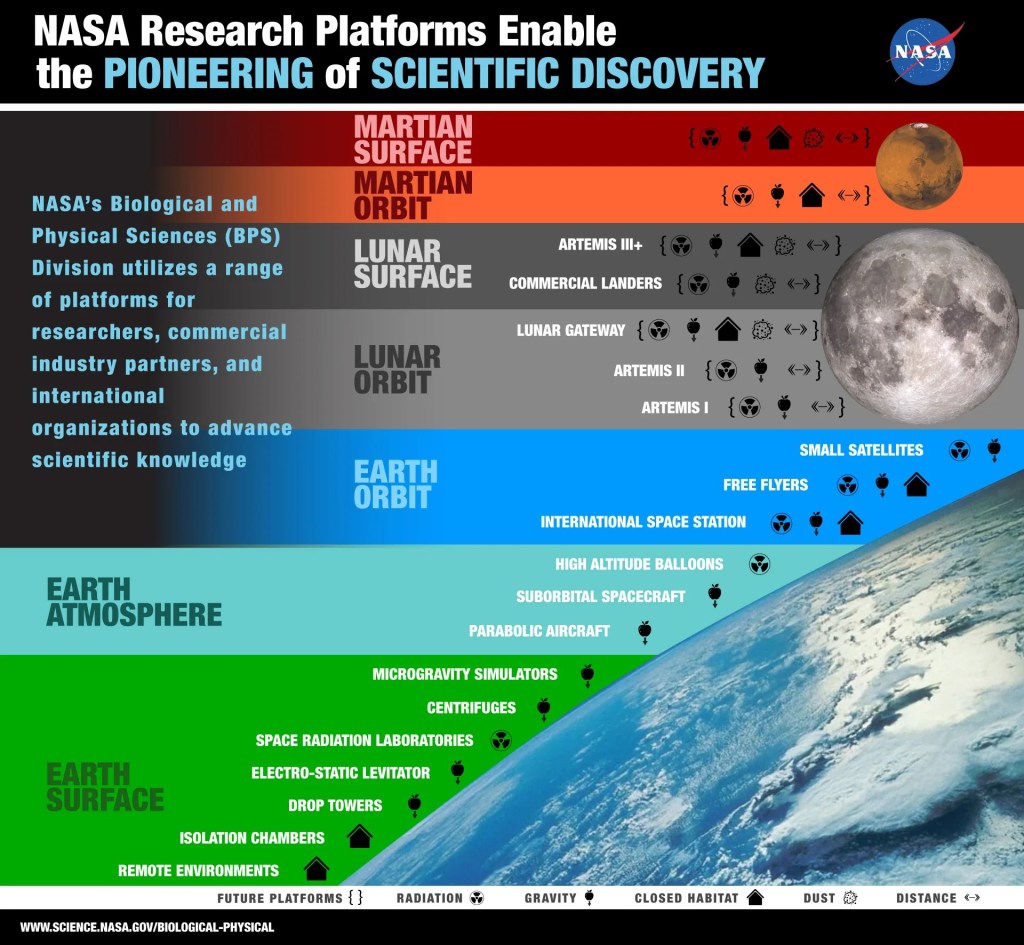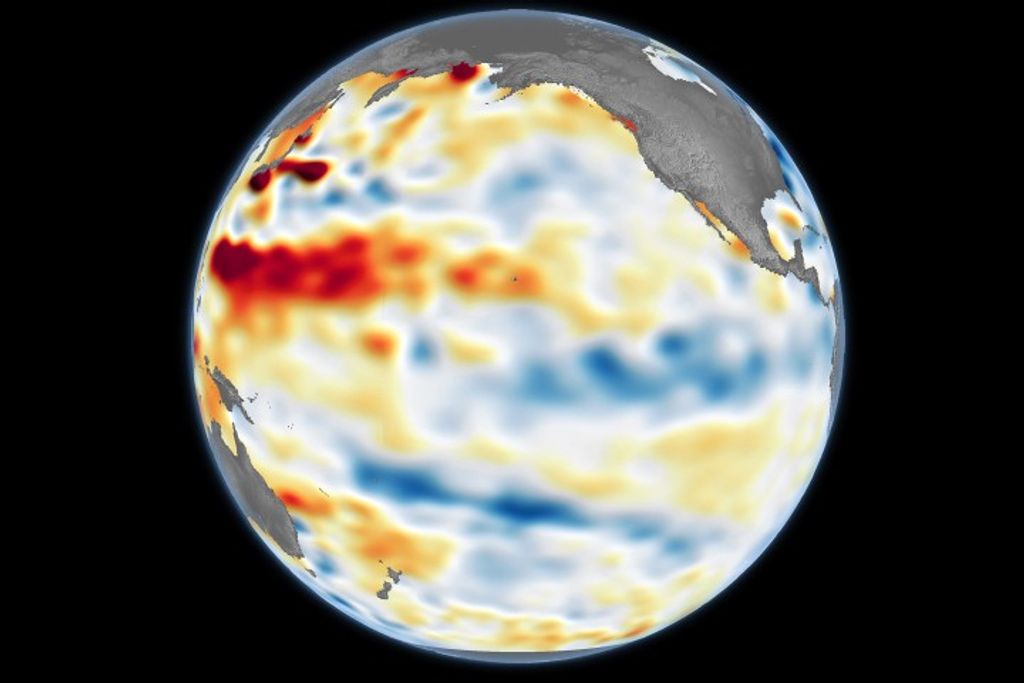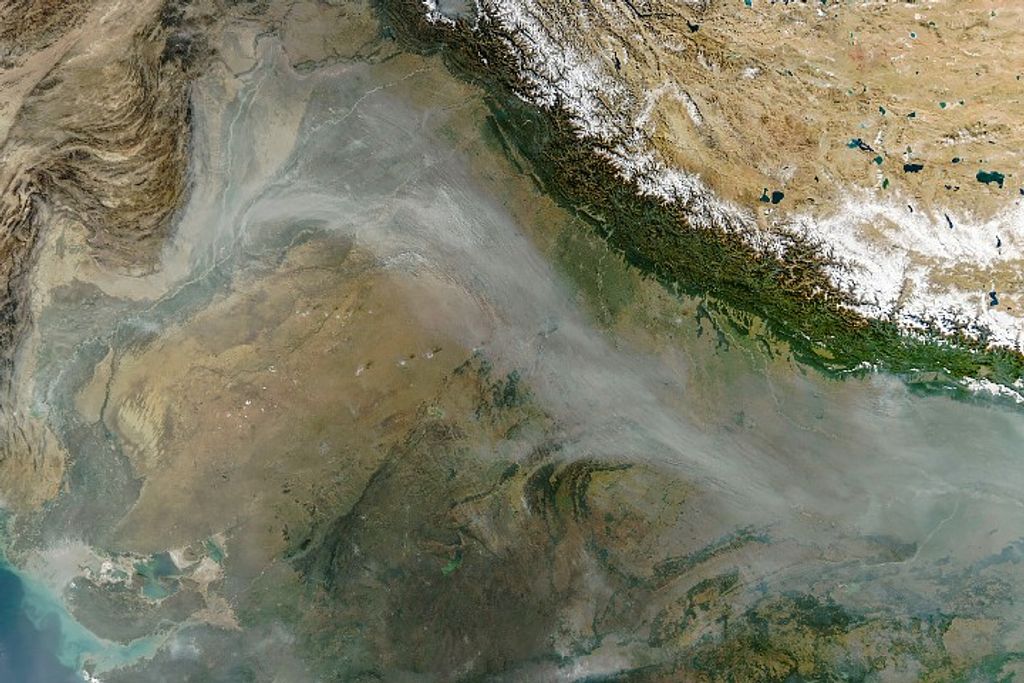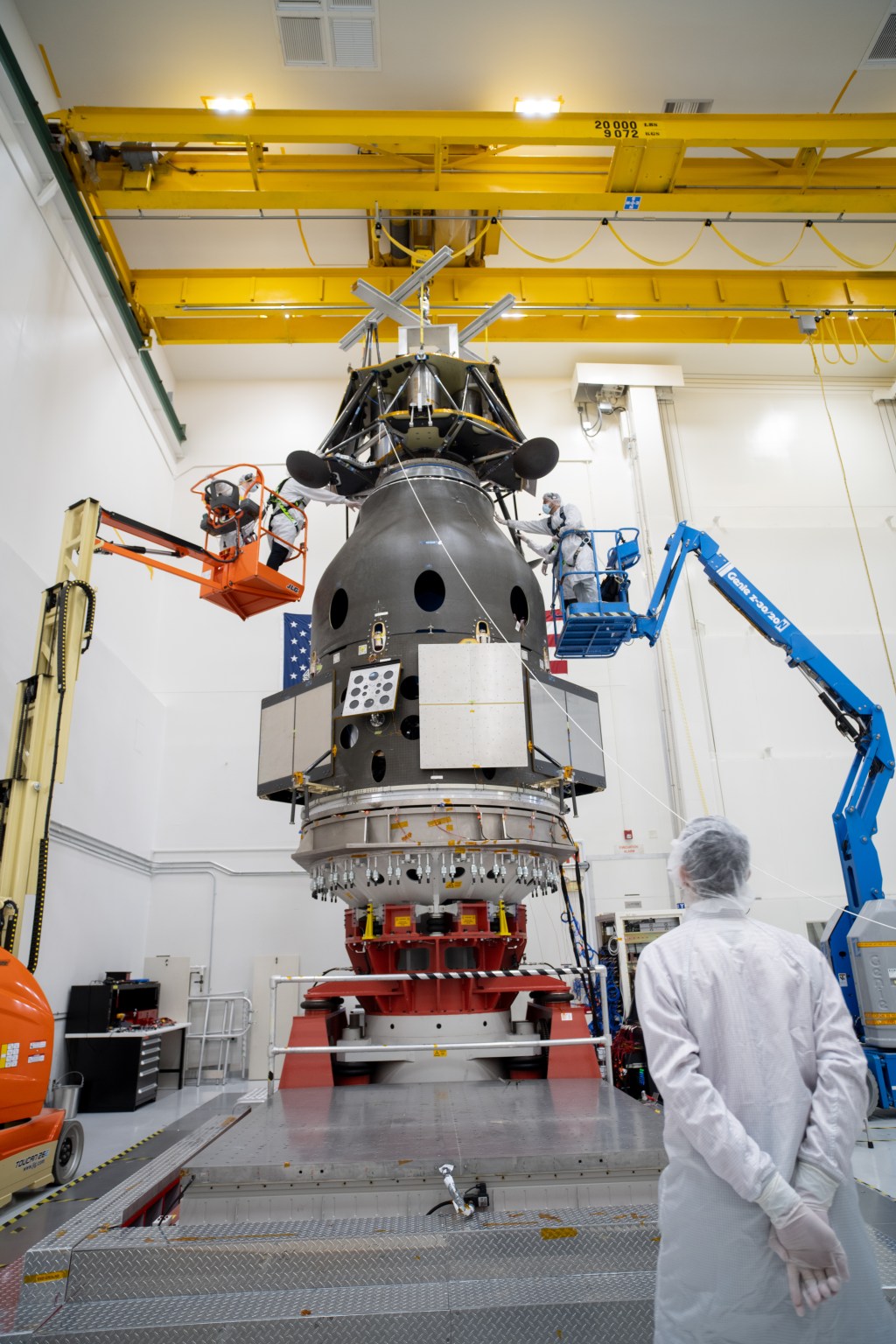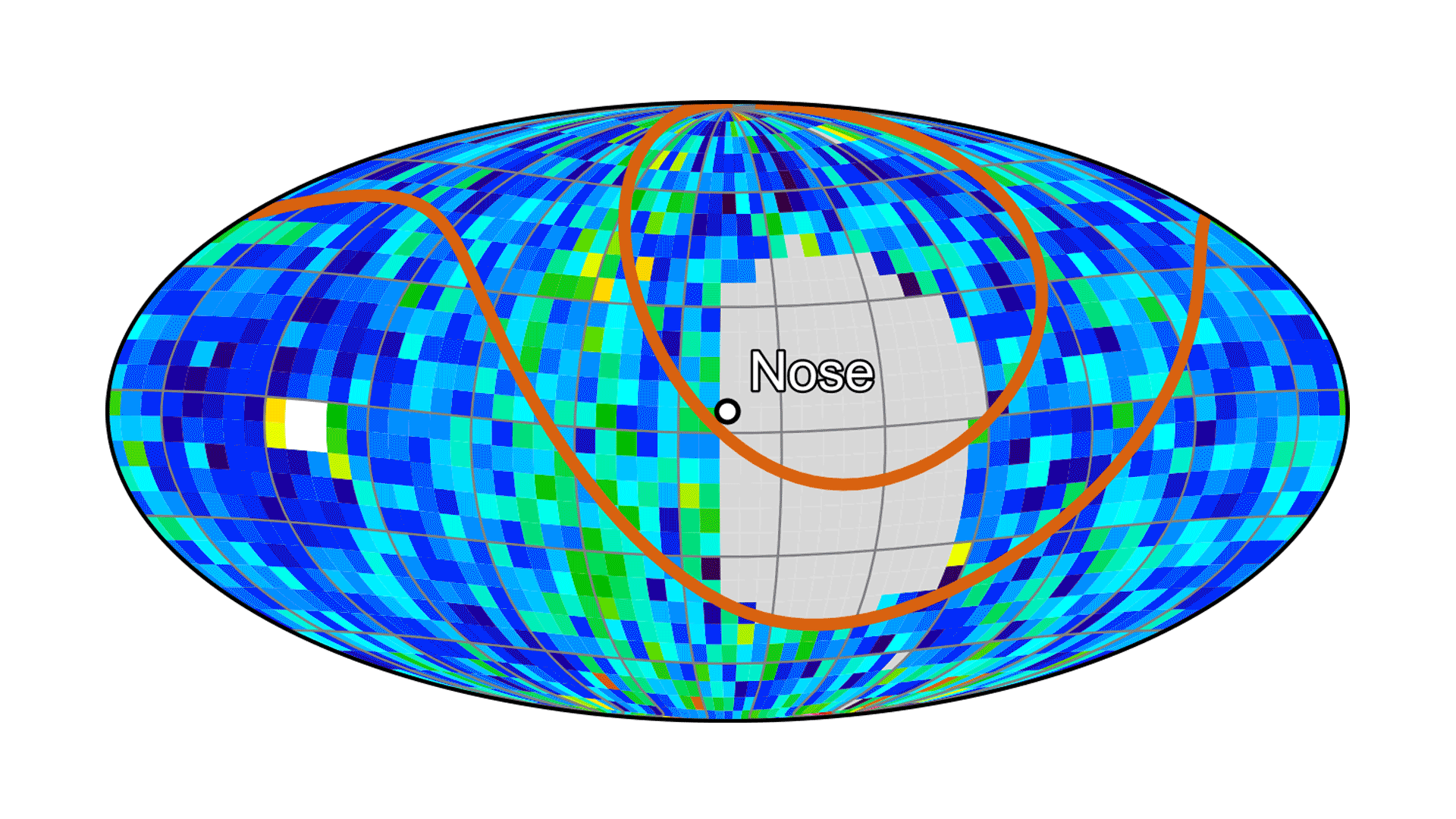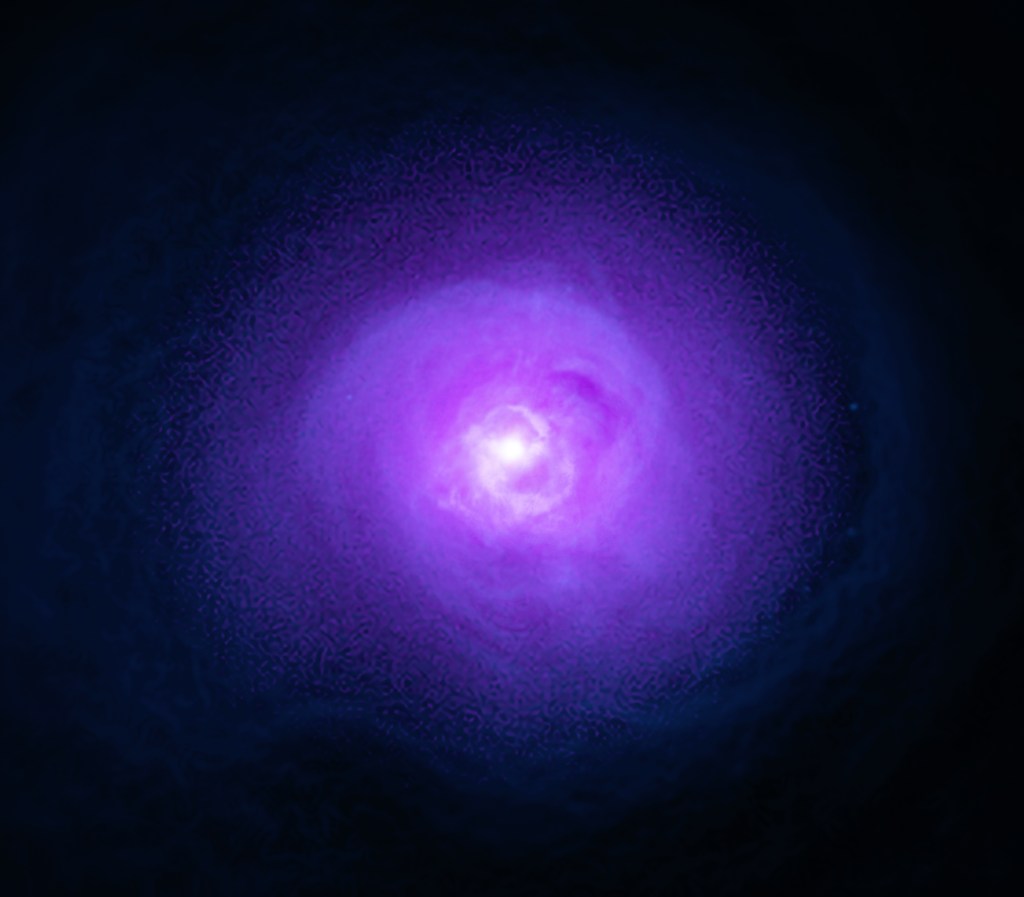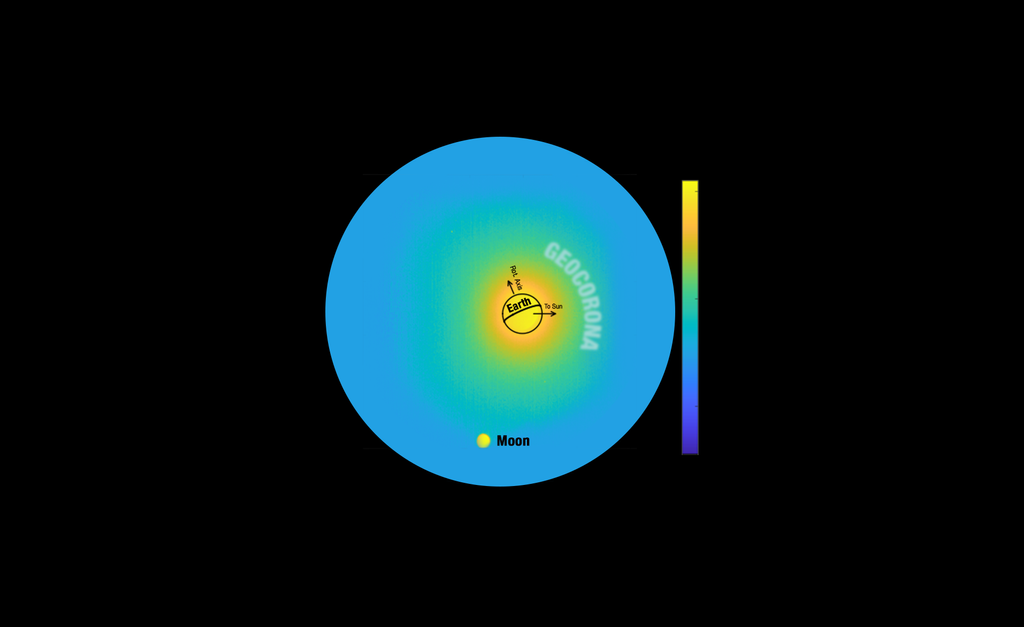Articles, Explainers, Videos & Infographics
Articles & Explainers

NASA Tests Potential Bone Loss Treatment for Long-Duration Missions
A new NASA experiment examines bone loss prevention aboard the International Space Station. The research could protect future astronauts on Moon and Mars missions.
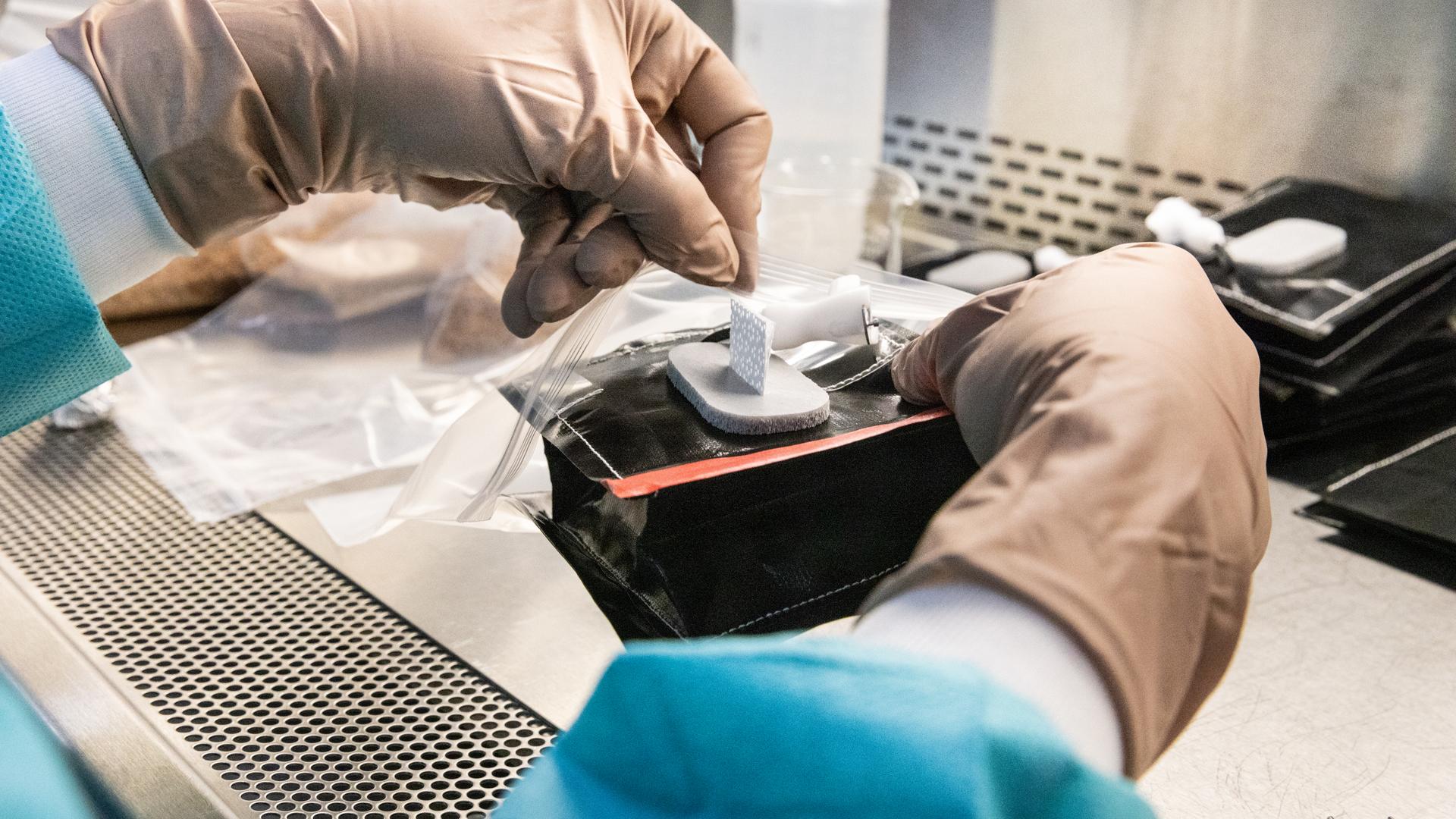
Astronauts Plant Seed Pillows in New Space Agriculture Study
Growing plants provides nutrition for astronauts, as well as psychological benefits that help maintain crew morale during missions.
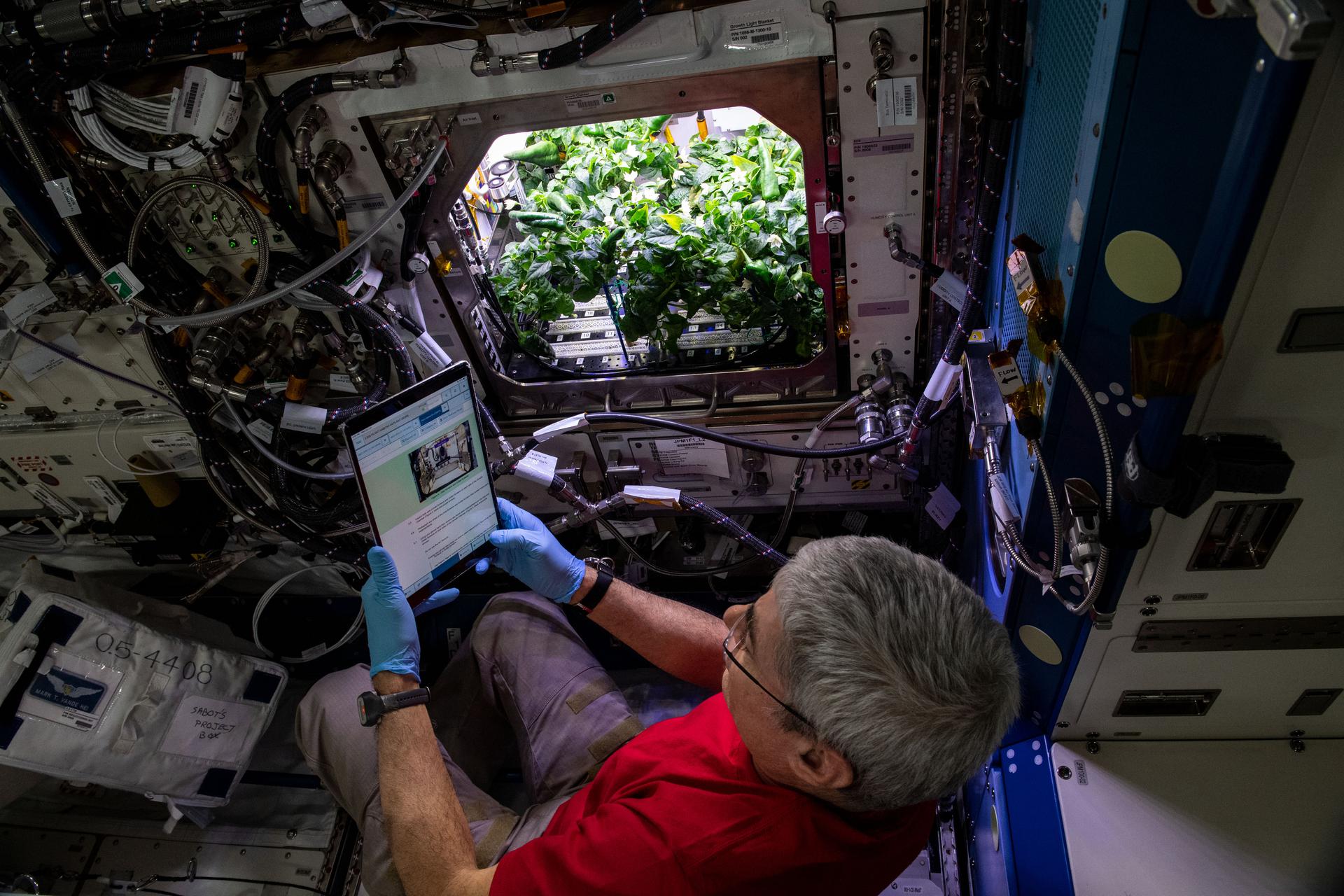
New Research Connects Plant Nutrition and Astronaut Gut Health
Scientists find space nutrition gaps that could harm astronaut gut health on long-duration missions.
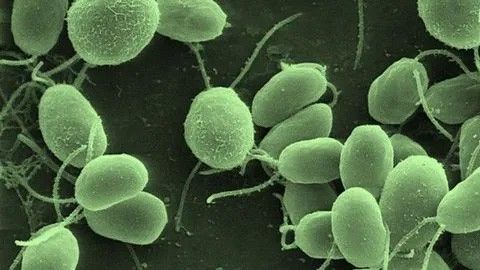
Algae Could Prove MVP for Future Space Missions
Green algae could prove a versatile companion on future deep-space missions, potentially as a resource for fuel, food, and medicine.
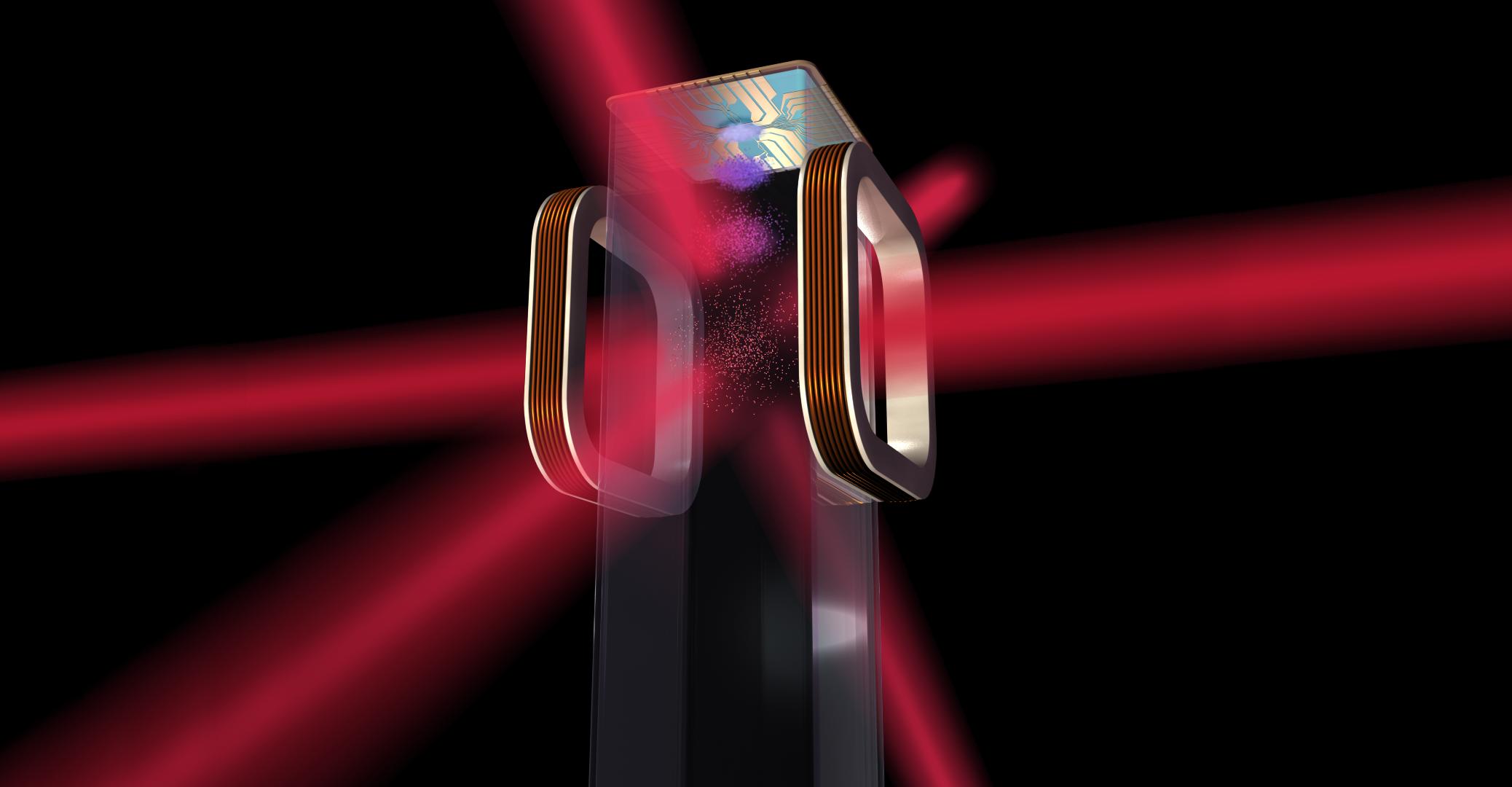
Another Quantum Leap: NASA Expands Lab to Enable Next-Gen Space Missions
NASA's Cold Atom Lab quantum research now enables multiple missions, including Earth observation technology that can detect groundwater from space.
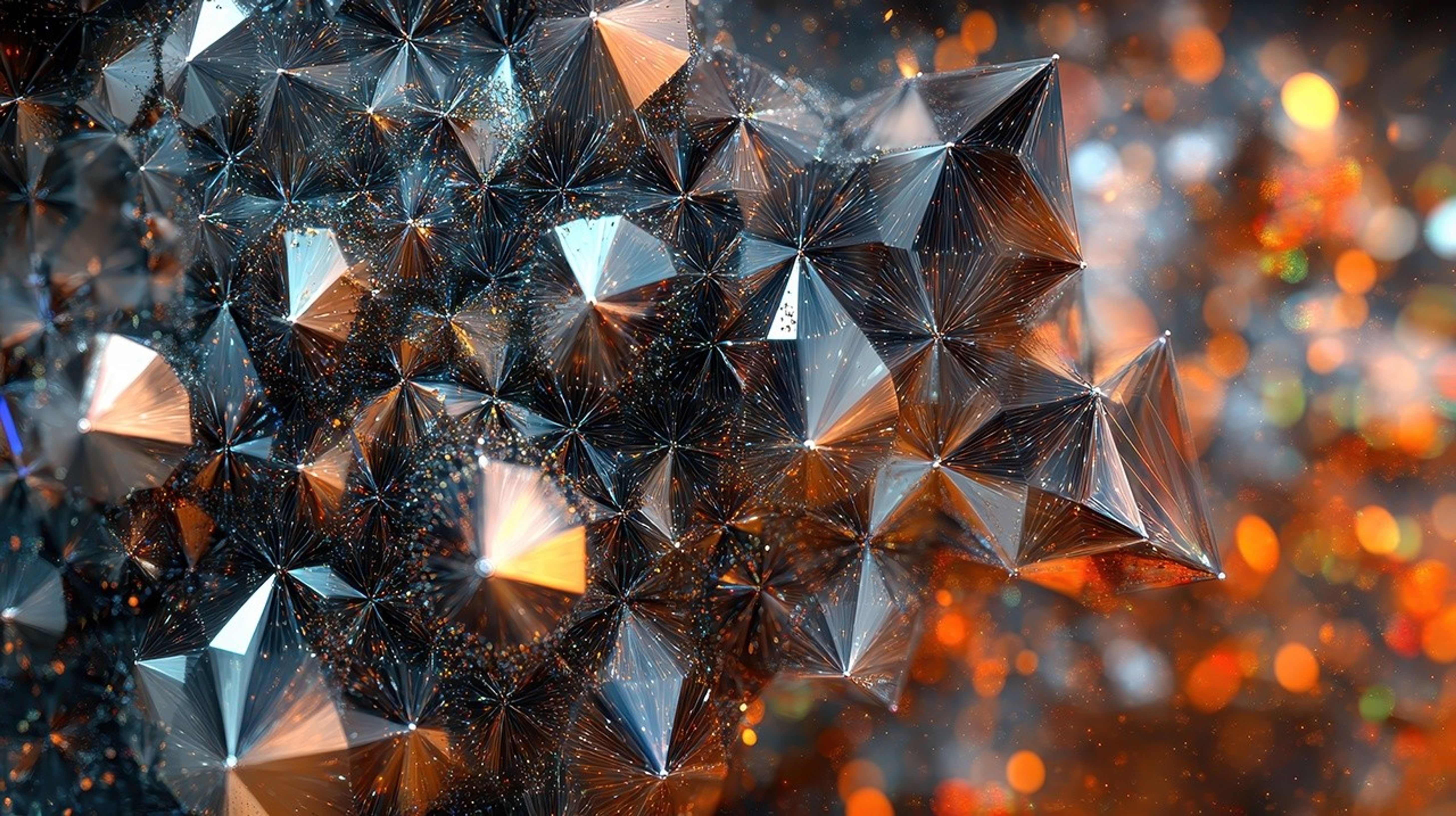
What Are Quasicrystals, and Why Does NASA Study Them?
These strange materials break all the rules of how crystals are supposed to work, and discovering them has largely been a matter of chance.
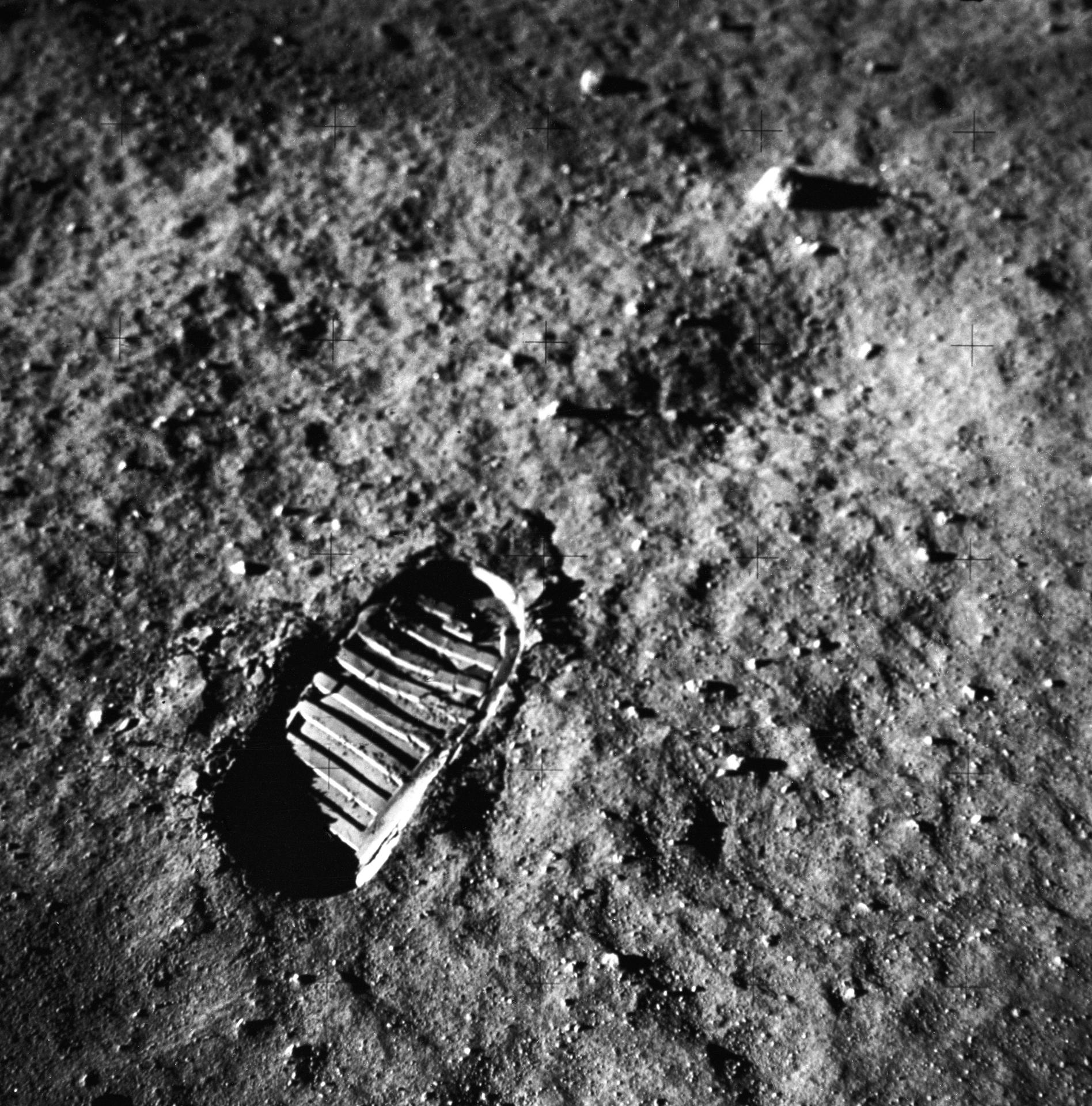
What Is Lunar Regolith?
Just like the Earth has soil, the Moon has lunar regolith. But an important difference is that soil is made of organic materials, whereas regolith is the result of the impact of meteoroids as well as charged particles from the Sun and stars.
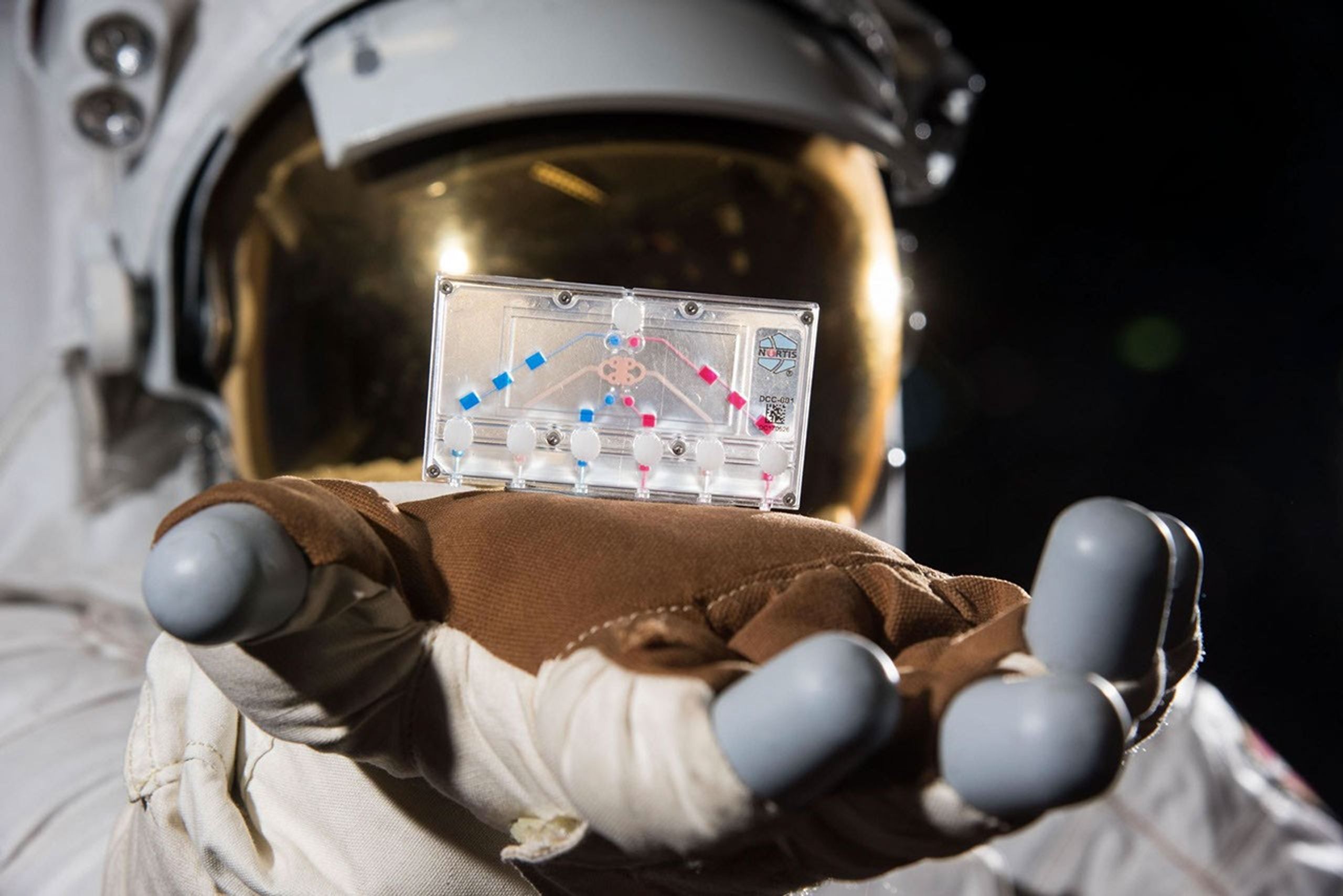
“Avatars” Making Big Strides in Precision Health Care
Tissue chips are small avatars for human organs.
/quantum_physics_bose_einstein_condensate.jpg?w=2500&h=1666&fit=clip&crop=faces%2Cfocalpoint)
Why NASA Studies the World We Don’t See
Learn how NASA is advancing the science of quantum technology to better understand our knowledge of the universe and benefit space exploration and life on Earth.
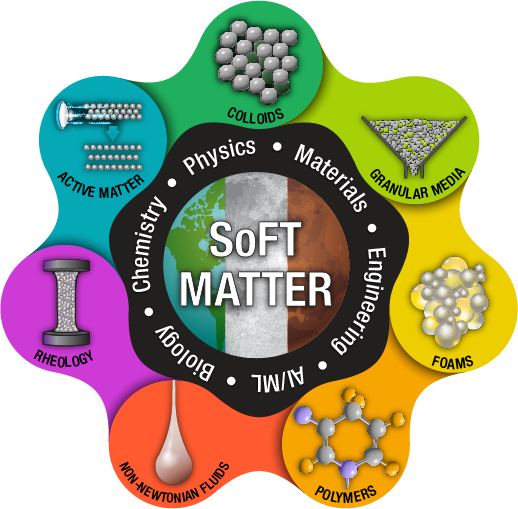
Why Does NASA Study Soft Matter in Space?
Soft matter — materials like foams, gels, and liquid crystals — are crucial in everyday life, from smartphone displays to our food to household products.
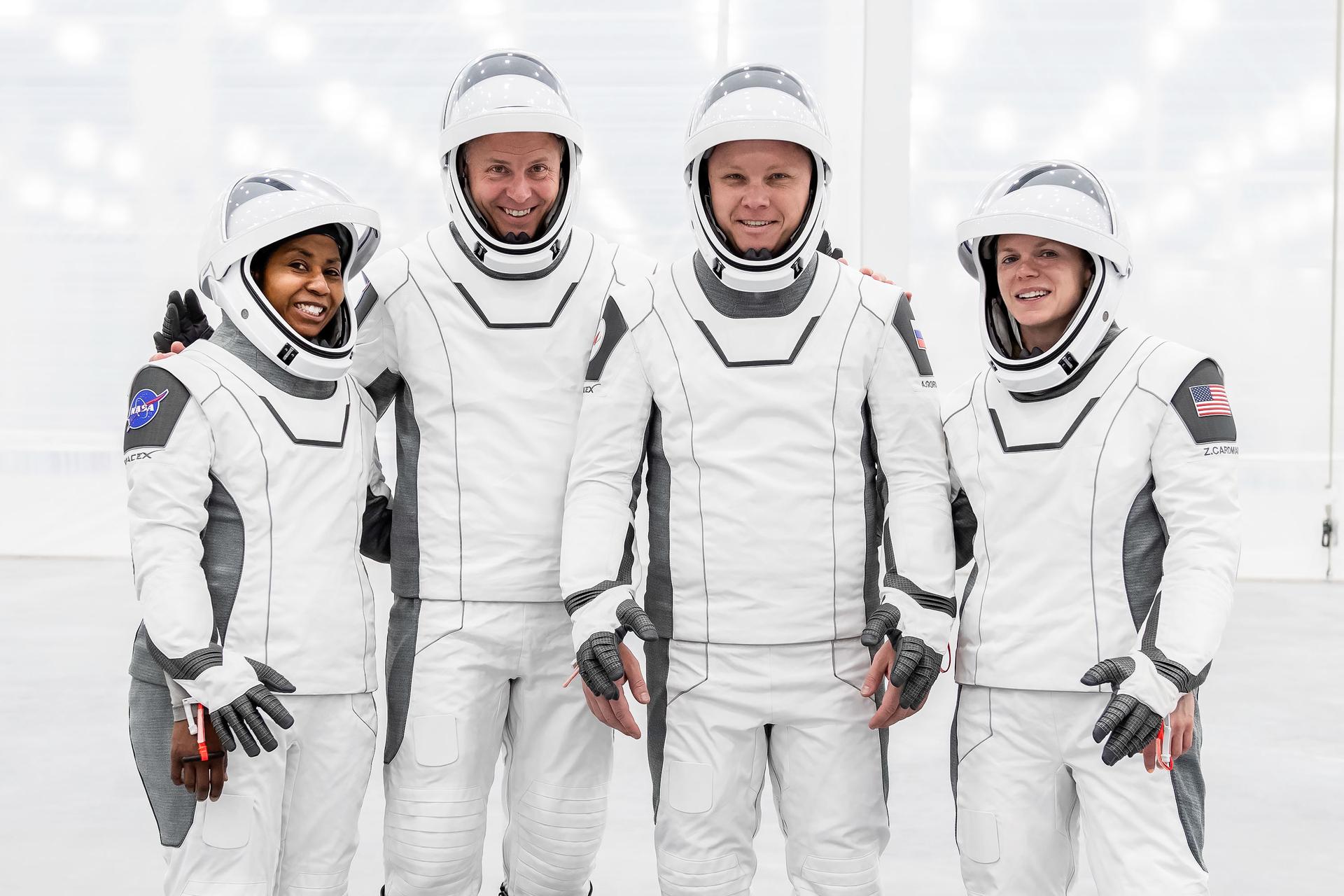
A One-Stop Spot for Space Data: NASA’s Open Science Repository
Conducting research in space can deliver scientific breakthroughs not possible on Earth.

Why does the world (and NASA) need digital twins?
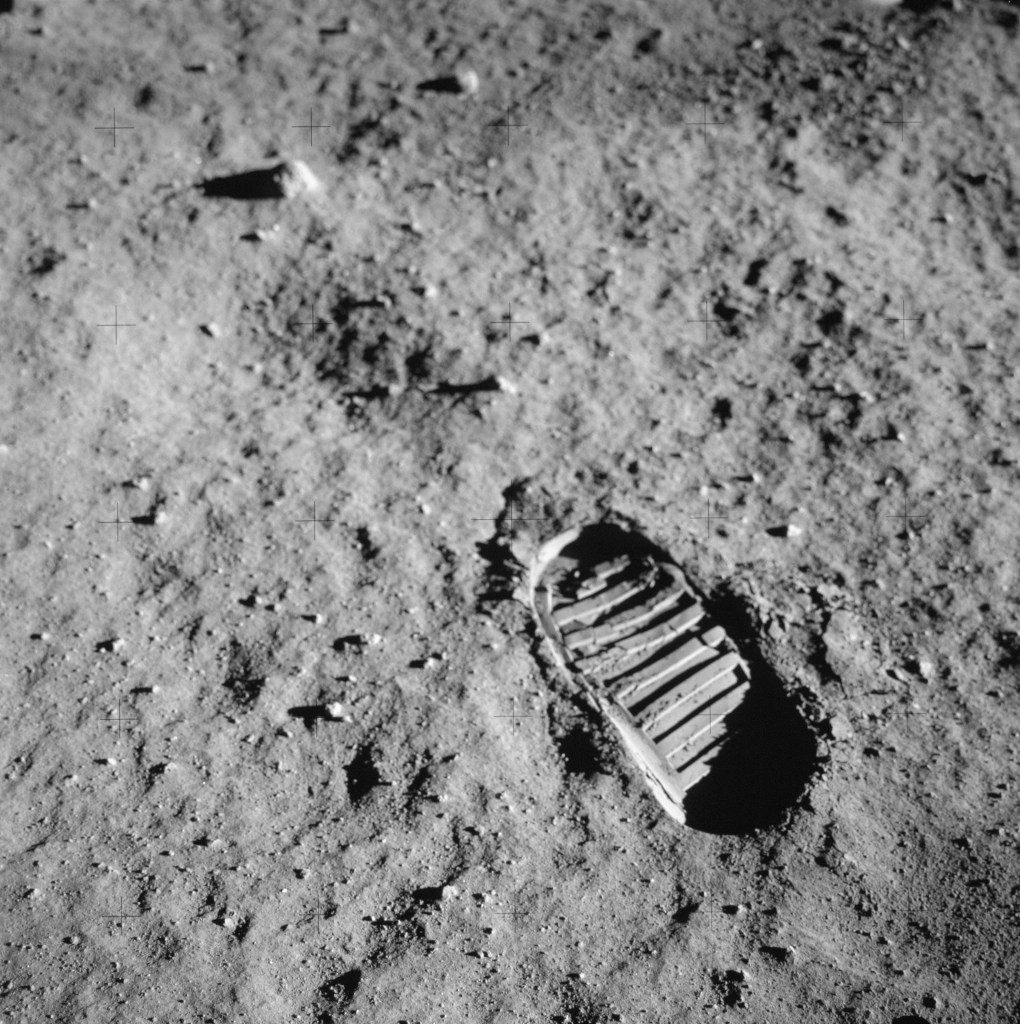
Leveraging Lunar Regolith to Further Space Exploration
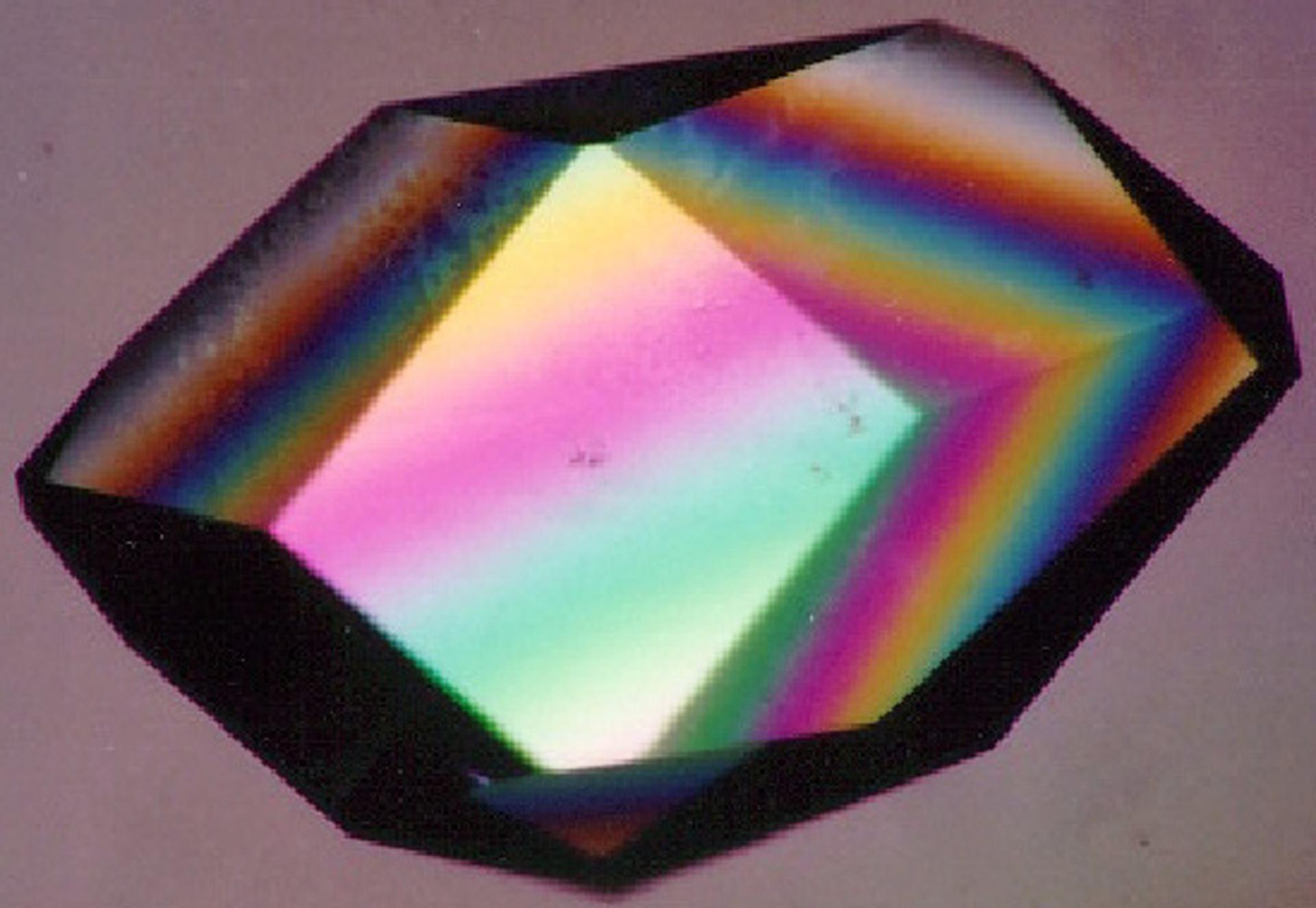
6 NASA Experiments on Materials, Benefitting Space and Earth
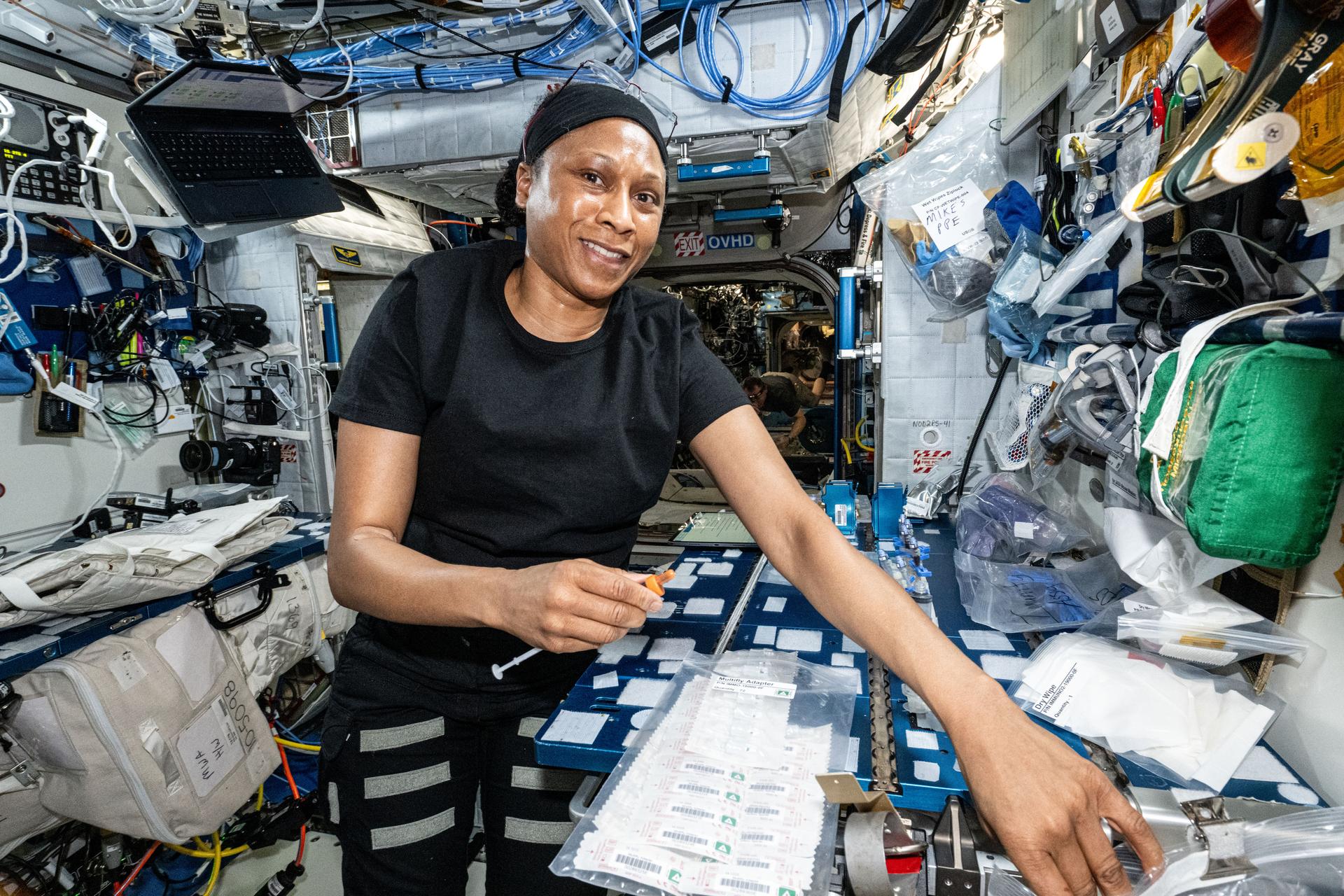
Why is Fundamental Research in Space Important?

10 Things to Know About Tissue Chips and How They Benefit Humanity.
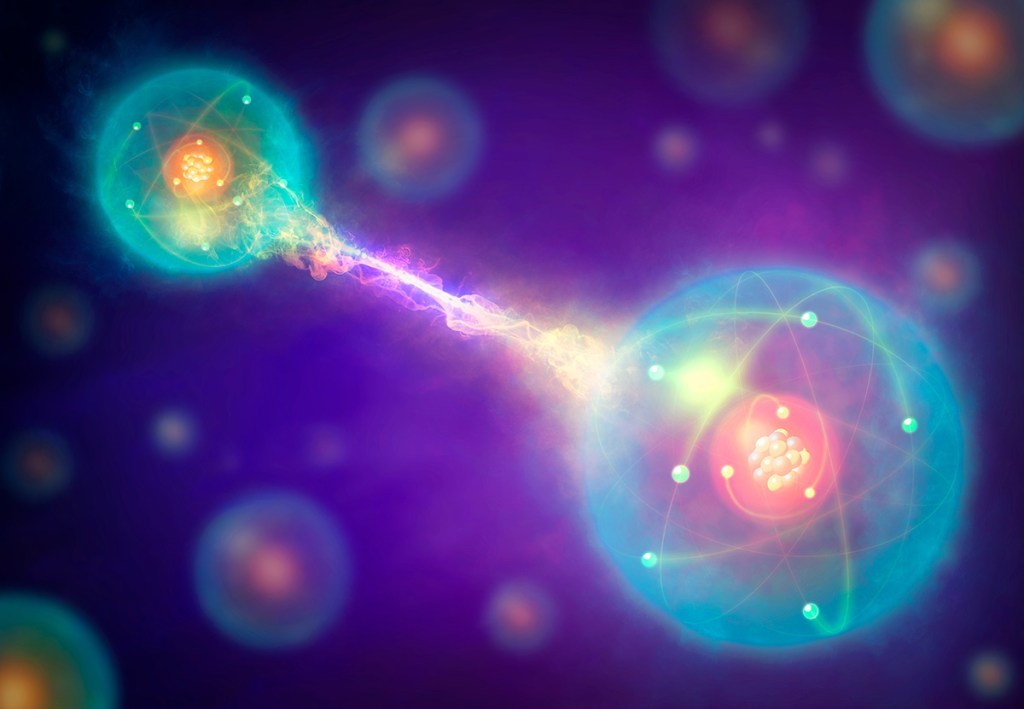
What is Quantum Entanglement?

Why does NASA study flames in space?
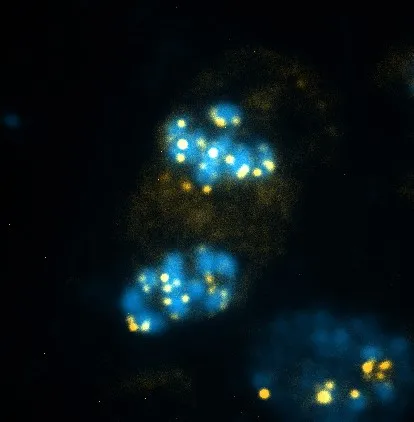
What are Plant Telomeres?

Why NASA Studies Crystals?
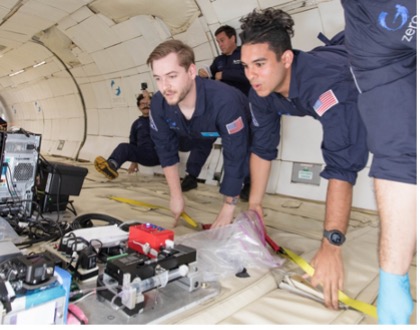
How (and why) do NASA researchers simulate microgravity on Earth?
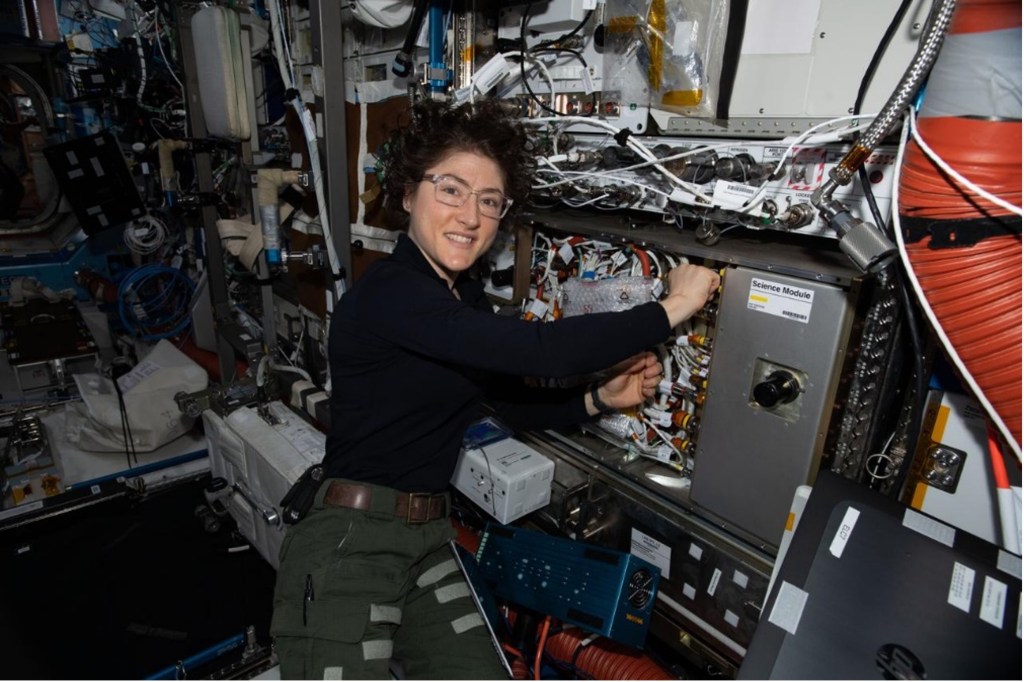
What is the Fifth State of Matter?
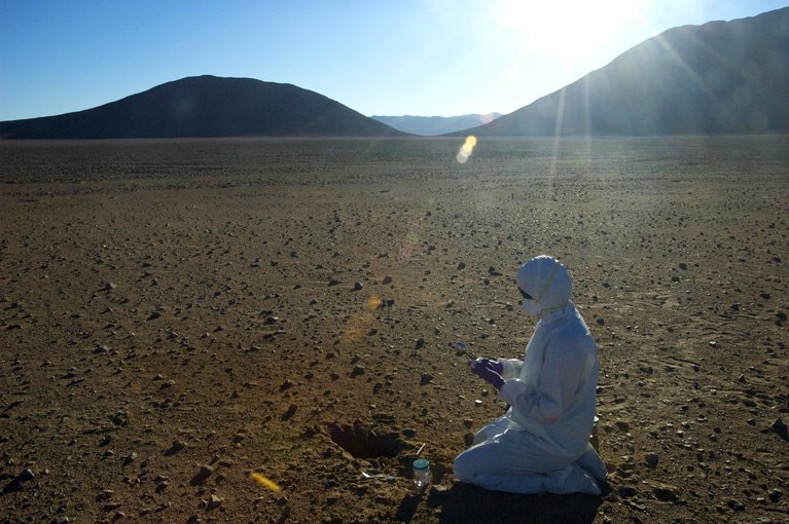
Space Biology and Astrobiology: What’s the difference?
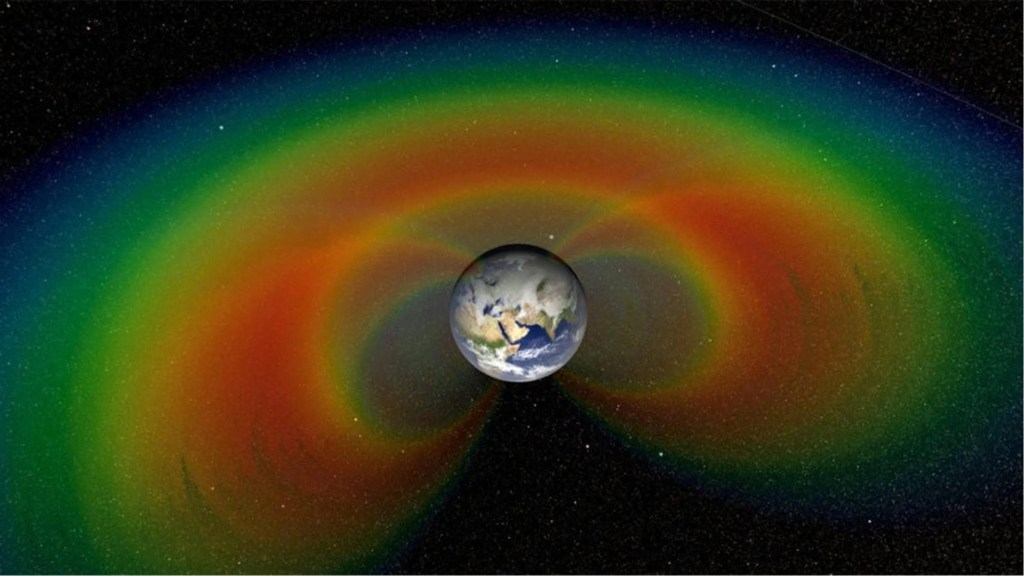
What are the Van Allen Belts and why do they matter?

Why is NASA studying fungi?

Why send plant seeds on a journey beyond the Van Allen Belts?
Videos & Infographics
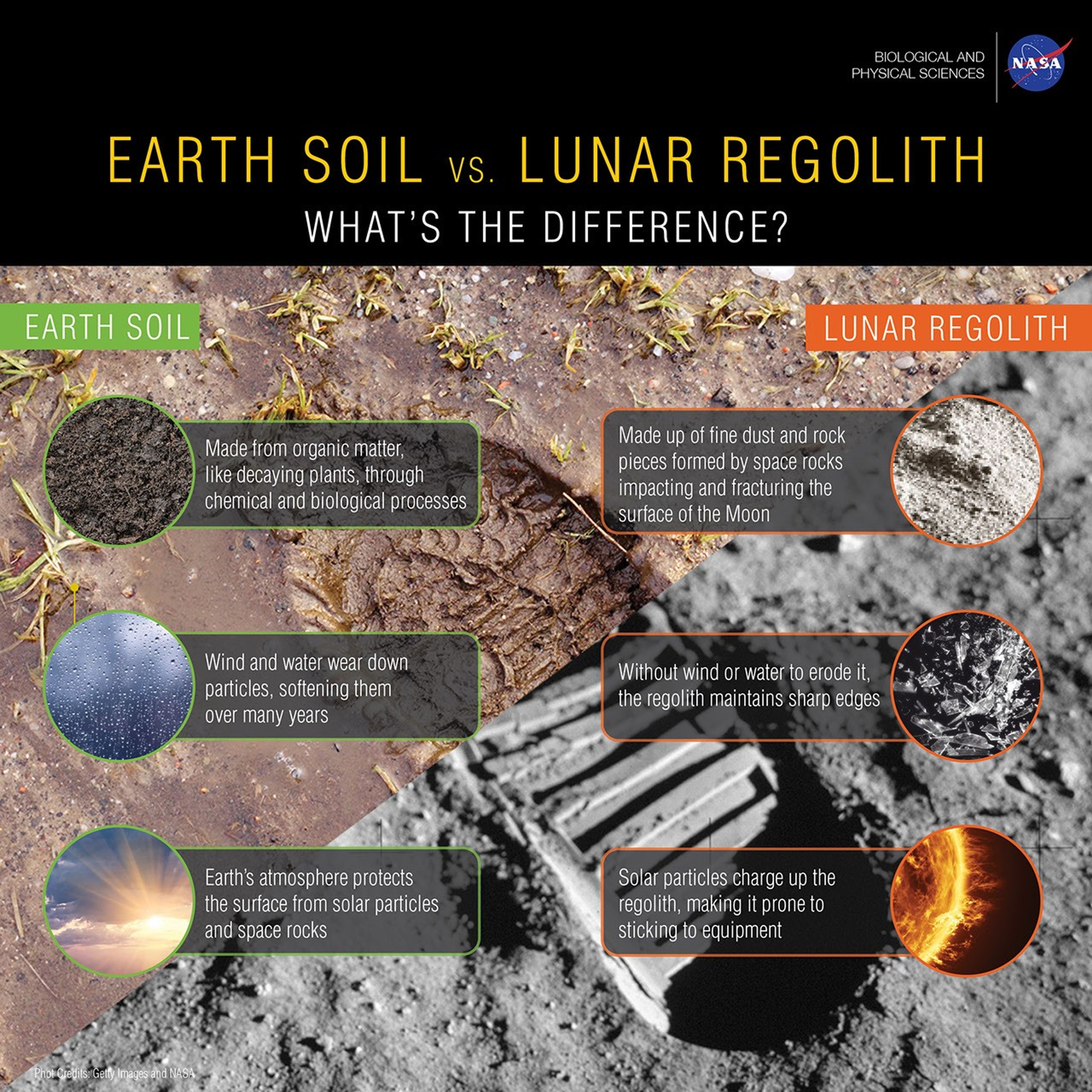
Earth Soil vs. Lunar Regolith: What’s the Difference?
Here’s how Earth’s soil and lunar regolith are different, and how further studies of lunar regolith can benefit NASA’s Artemis missions and beyond.
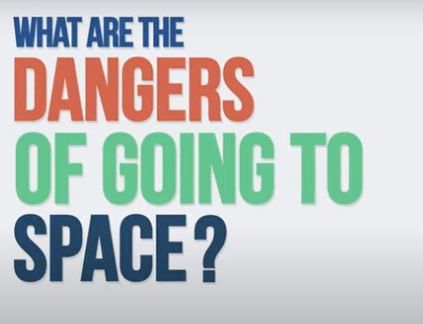
What are the dangers of going to space?
Hear from NASA's Biological and Physical Sciences Division Director, Lisa Carnell.
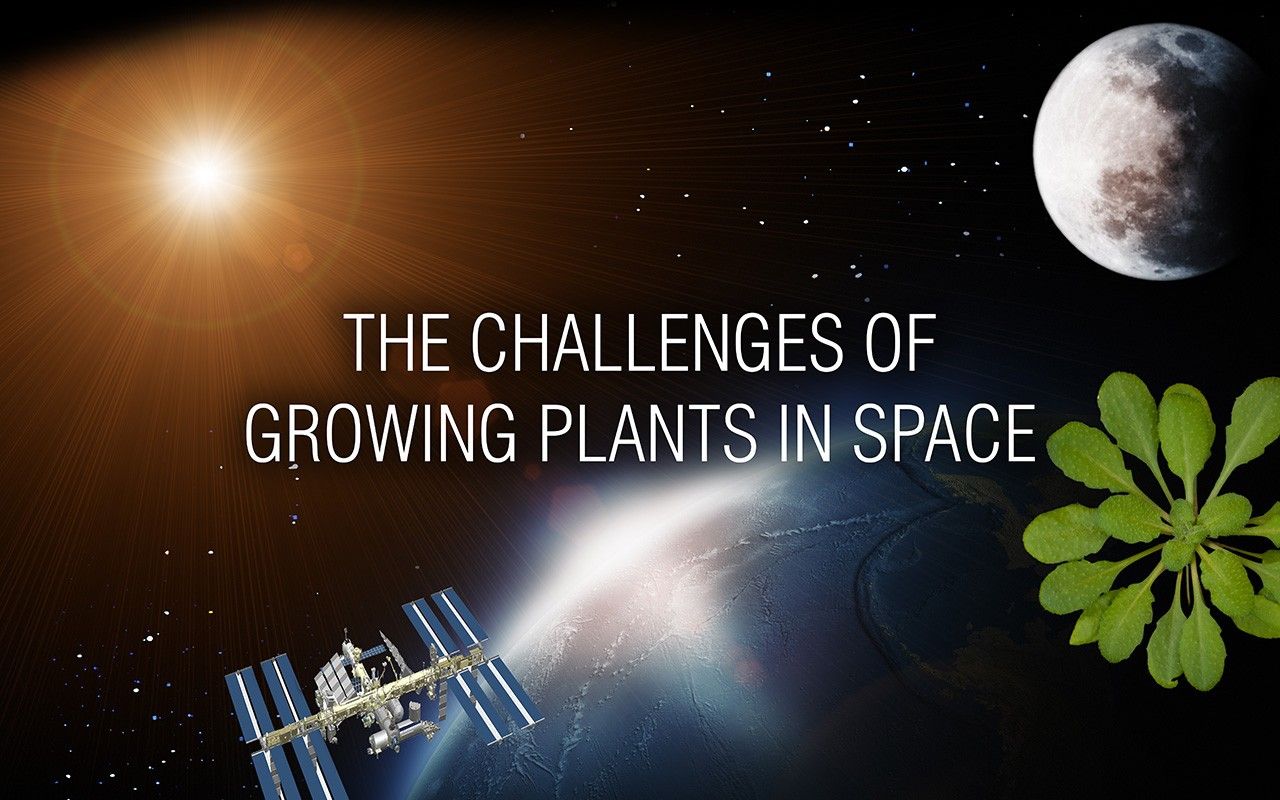
Challenges of Growing Plants in Space
Whether on the Moon, Earth, or International Space Station, plants grow differently and face diverse challenges. Learn more about these three unique environments. on.
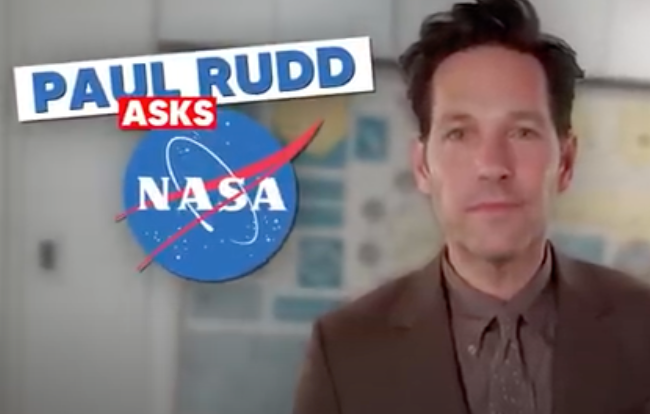
Journey into the quantum realm with Paul Rudd!
The “Ant-Man and the Wasp: Quantumania” actor and NASA quantum physicist Ethan Elliott discuss what the quantum realm is really like and how NASA studies it every day.
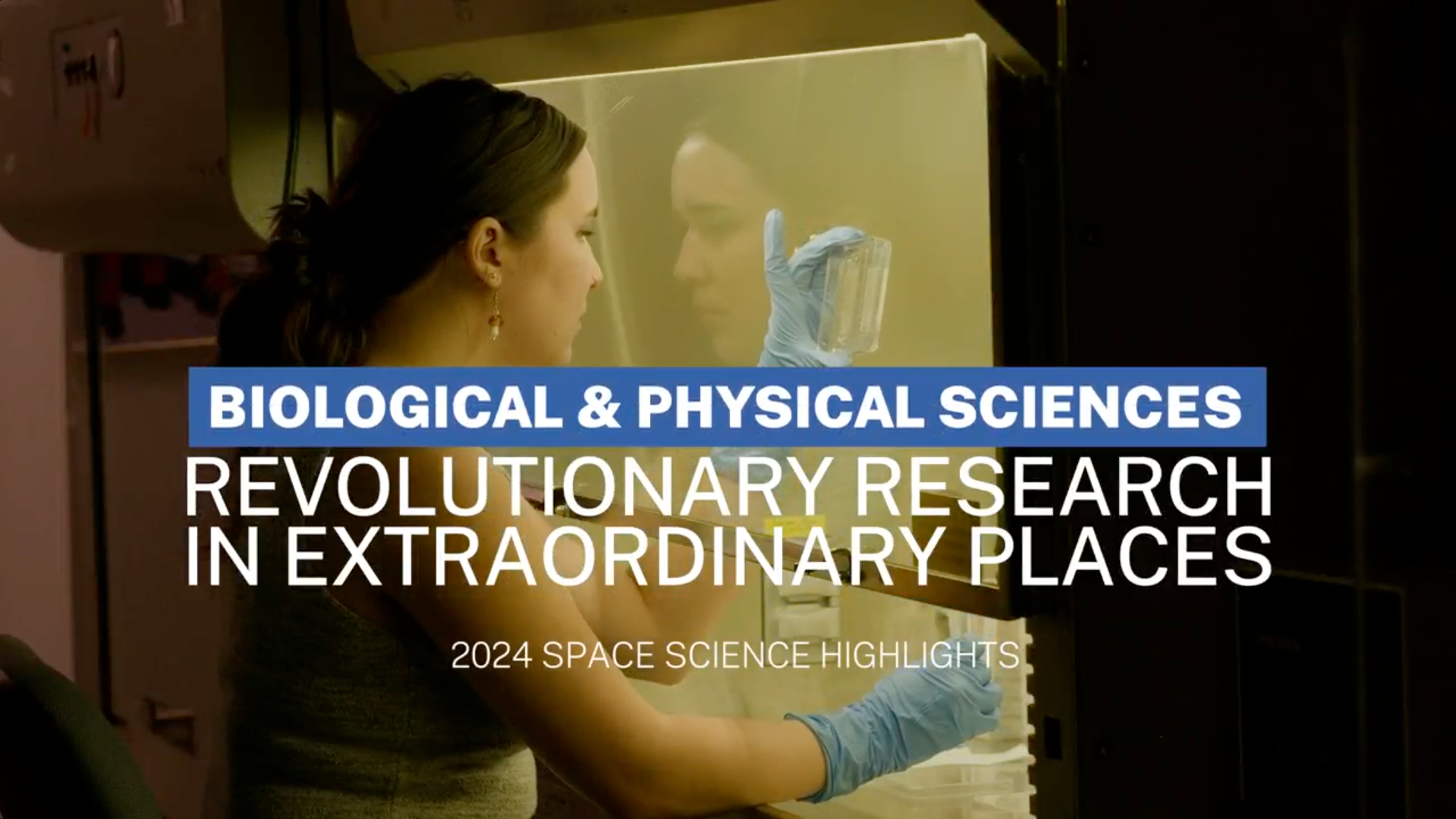
NASA Biological & Physical Sciences 2024 Highlights
Discover NASA's Biological & Physical Sciences (BPS) 2024 highlights, showcasing revolutionary research in in extraordinary places to advance space exploration and benefit life on Earth.
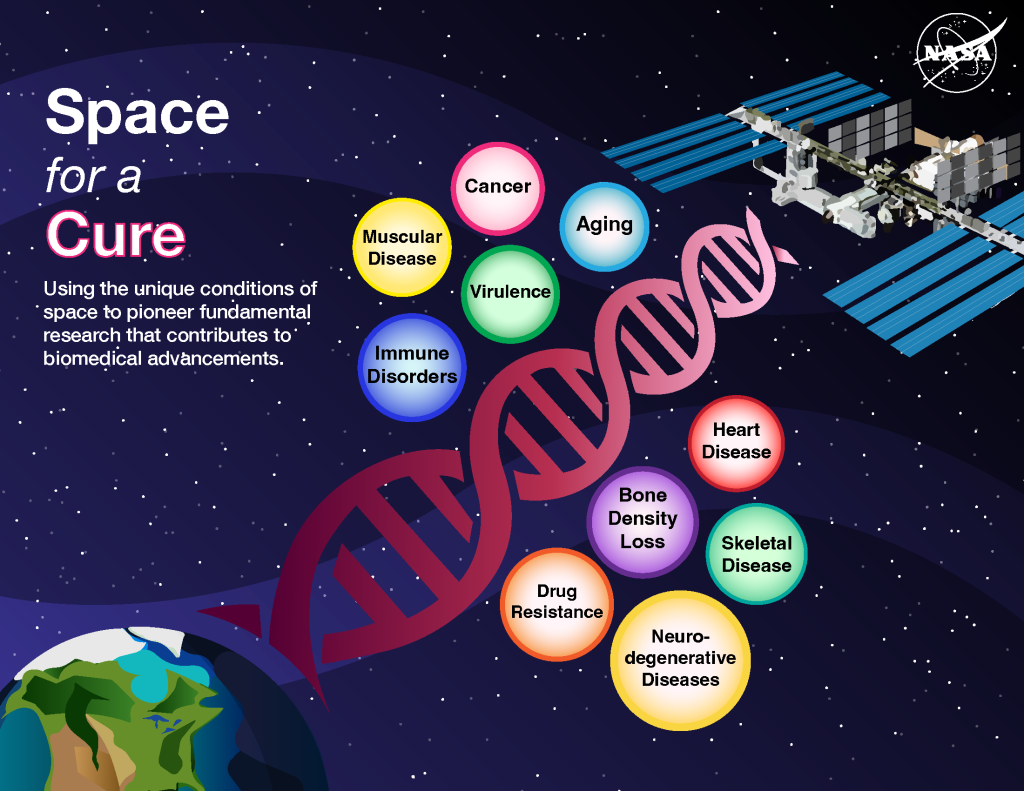
Space for a Cure

Leveraging Microgravity for Research
